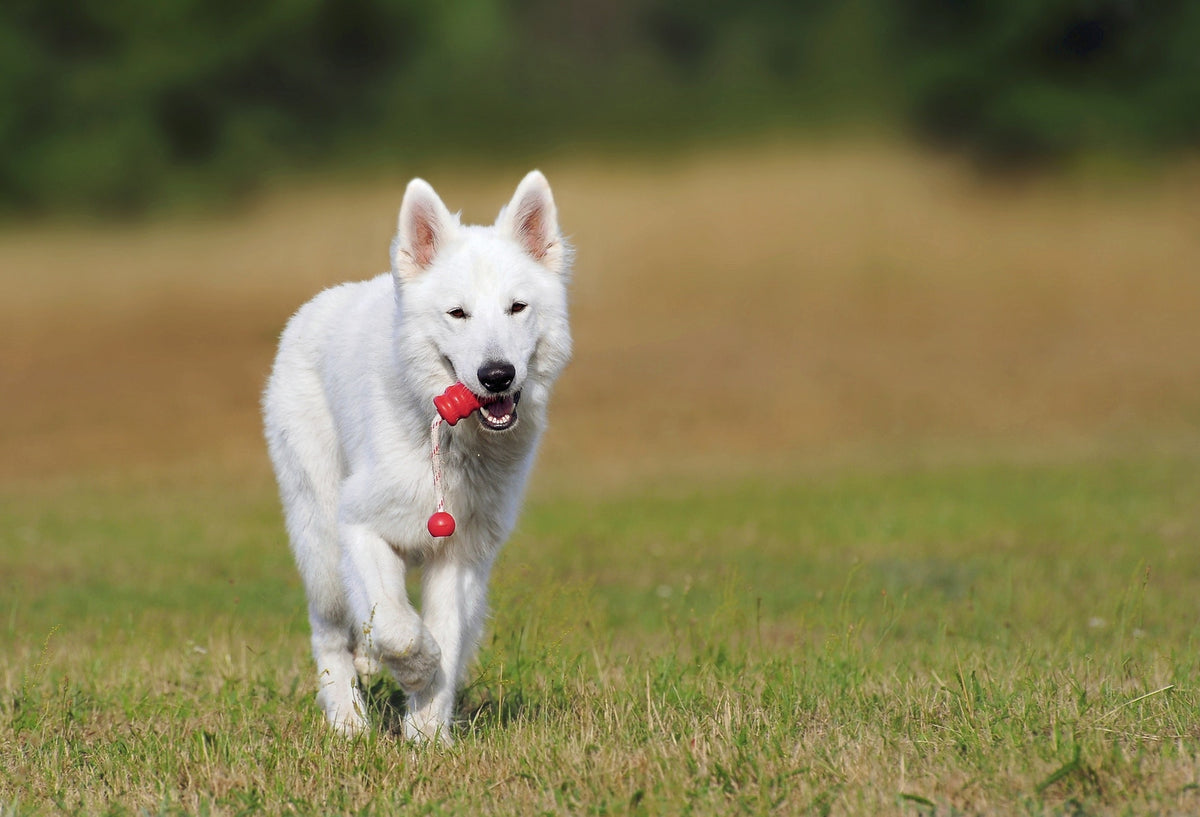
Dog training transforms your pet to an even better companion. Through dog training, dogs are mentally stimulated; thus keeping your dog happy. That and benefits listed in this post should be the reason you need to get up right now and begin training your pet.
There are plenty of dog training methods available out there. Because of the numbers, it can be frustrating to find out which training method is the best for you and your dog. It's normal to get confused at first. In fact, professional dog training communities argue about which training method will provide the best results.
A good start would be to teach your dog the basic rules and regulations of your family. Teaching them where they can take potty breaks, where to stay or when and where to eat inside the house makes a highly efficient dog with fewer headaches. There are many types of dog training methods. The methods you use depends on what you and your dog needs are. Here are seven of the popular dog training methods:
Obedience Training
Obedience training is the easiest training method you can perform. The goal of this training is to make your dog obedient to you through the use of basic commands. For example you let them sit by saying "sit". Say "stay" if you don't want them to stay in place, etc. This type of training is great for younger dogs as puppies are able to pick up commands faster than older dogs.
Behavioral Training
This type of training method teaches your dog how to behave as a good dog citizen. The goal of the training is to make them a well-behaved dog not just inside the house but when you take them outside too. The training methods help deal with bad behaviors of your pet like chewing on furniture, excessive barking, being aggressive with other dogs, etc.
Positive Reinforcement
Popularized by Dawn Sylva-Stankiewicz who trained Obama's dog, Bo, the training is purely based on rewarding the dog for good behavior and giving them none when they do something bad. The punishments for this type of training isn't necessary.
The training starts by rewarding the dog as soon as it displays a rewarding behavior. In this way, the dog will start to associate that behavior with a reward.
With positive reinforcement, you need to be consisten with the training. You need to extend the training by informing your family members to use the same command and reward system the way you do it. If you or your family member accidentally reward bad behavior, correct it by not giving them rewards when they do that behavior again.
Remember to only reward dogs with good behavior. Also, use small treats when you reward them with food as you can easily overfeed them.
Clicker Training
Clicker training is similar to positive reinforcement. Instead of giving only treats, you use a clicker to signal the dog when they perform good behavior. The advantage of this method is that it immediately tells the dog that they have performed a good behavior.
First, the dog needs to learn that a click means that a reward is coming. The dog will then associate good behavior with the click and a reward. You can also add verbal commands once your dog is used to these clicks and rewards.
This is a great method to learn new tricks. It can help turn your basic tricks into a more advanced and complicated one.
Mirror Training
This training method relies on teaching dogs through observation. The trainer will act as a model. The trainer will then offer rewards for dogs that have mimicked the behavior. To put it simply, dogs learn by example.
Relationship-based Training
Relationship-based training is a lot like raising a child. It is focused on teaching your pet rather than training them. Think of this method as an education system. Start with an easy task, then build upon that success. Go for tasks that are more complicated later on if your dog is able to pick up your instructions easily. Similar to teaching a child, you may have to repeat the training before moving on. It will be difficult for your pet to accomplish a complex task if your pet could not master
the basics.
Alpha Dog or Dominance Training
In this type of training, you need to take the role of a pack leader, or an alpha dog. This type of training would have you believe that your dog is in a constant struggle with you to become the dominant dog and you need to show to your pet that you are the dominant one, and they must submit to your will.
With alpha training, you don't allow your dog on the bed, sofa, or on any furniture with you. You don't get down on their eye's level to assert dominance and you don't show signs that you are equal with your pet.
Cesar Millan is the dog trainer that popularized this method. He had shown the effectiveness of these methods through his TV shows. However, some trainers believed that this technique is outdated as recent studies have shown that dogs do not rely on a pack mentality. The alpha dog mentality is a myth. According to dog expert, Alexandria Horowitz explains in this video that it didn't exist in the wild, and it should never exist in your household.
Electronic Training
This type of training relies on the use of electric collars that delivers a shock to your pet if he performs an undesired task. This method is often used when a leash cannot be used. Trainers use shock collars to let the dogs know that they shouldn't go beyond the set boundaries. According to most trainers, it is an effective method in teaching dogs how to hunt or how to work in the field.
The problem with this method is that the dog only learns what it is not supposed to do rather than what it is supposed to do. Moreover, this type of training method can lead to a lot of stress and could even cause permanent anxiety in dogs. Inexperienced owners often overuse shock collars and could be physically and psychologically affecting their pet without even knowing it.
Which of these methods works best for you? These are just a few of the many methods you can use to train your pet. What works for your dog-loving pet might not work for you because everyone has a different idea on what technique to use. Why don't you give one training method a try to see if it works and move to another method if it doesn't?
Have you found these training methods effective? Share us your thoughts by leaving a comment below.
